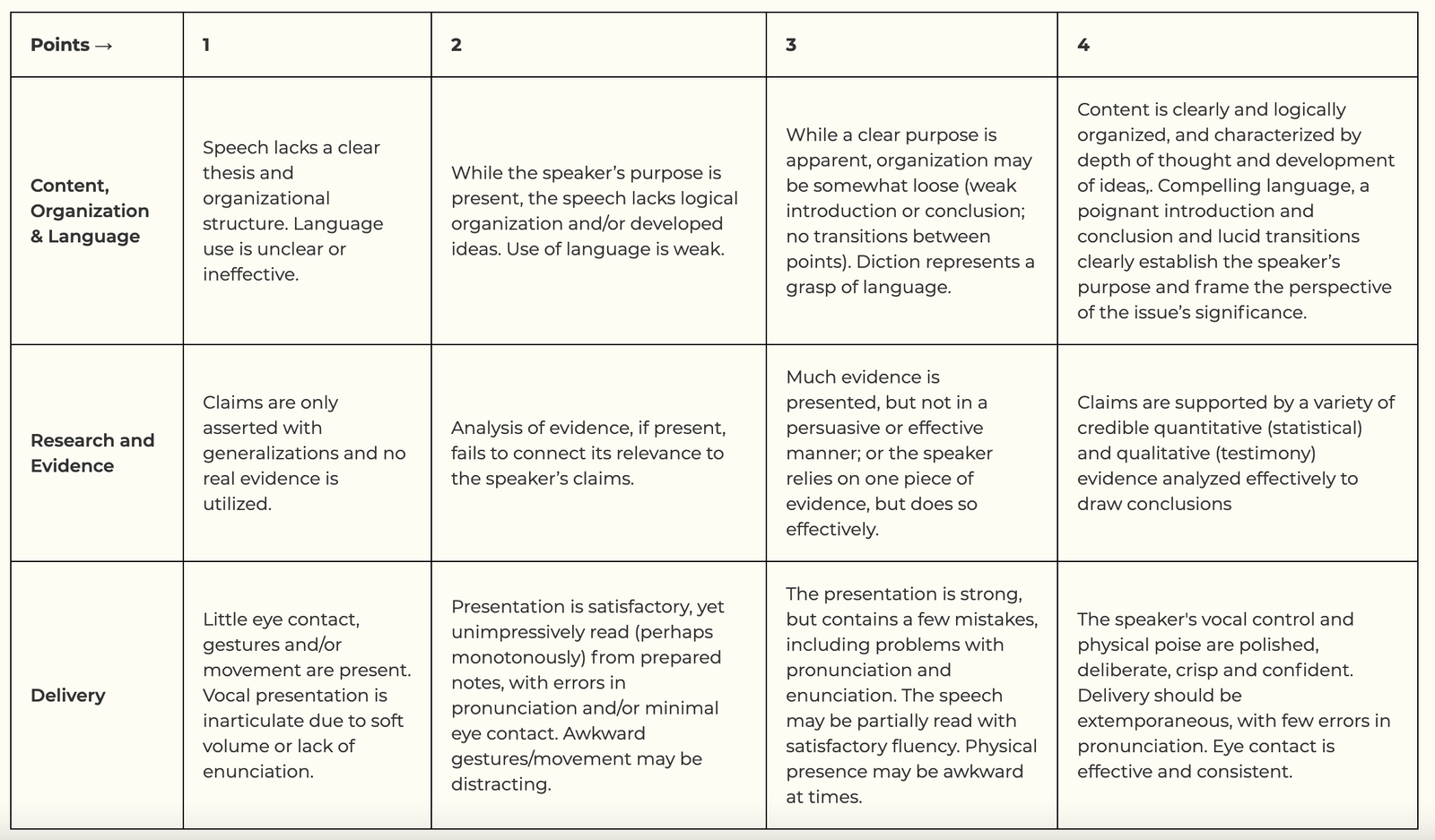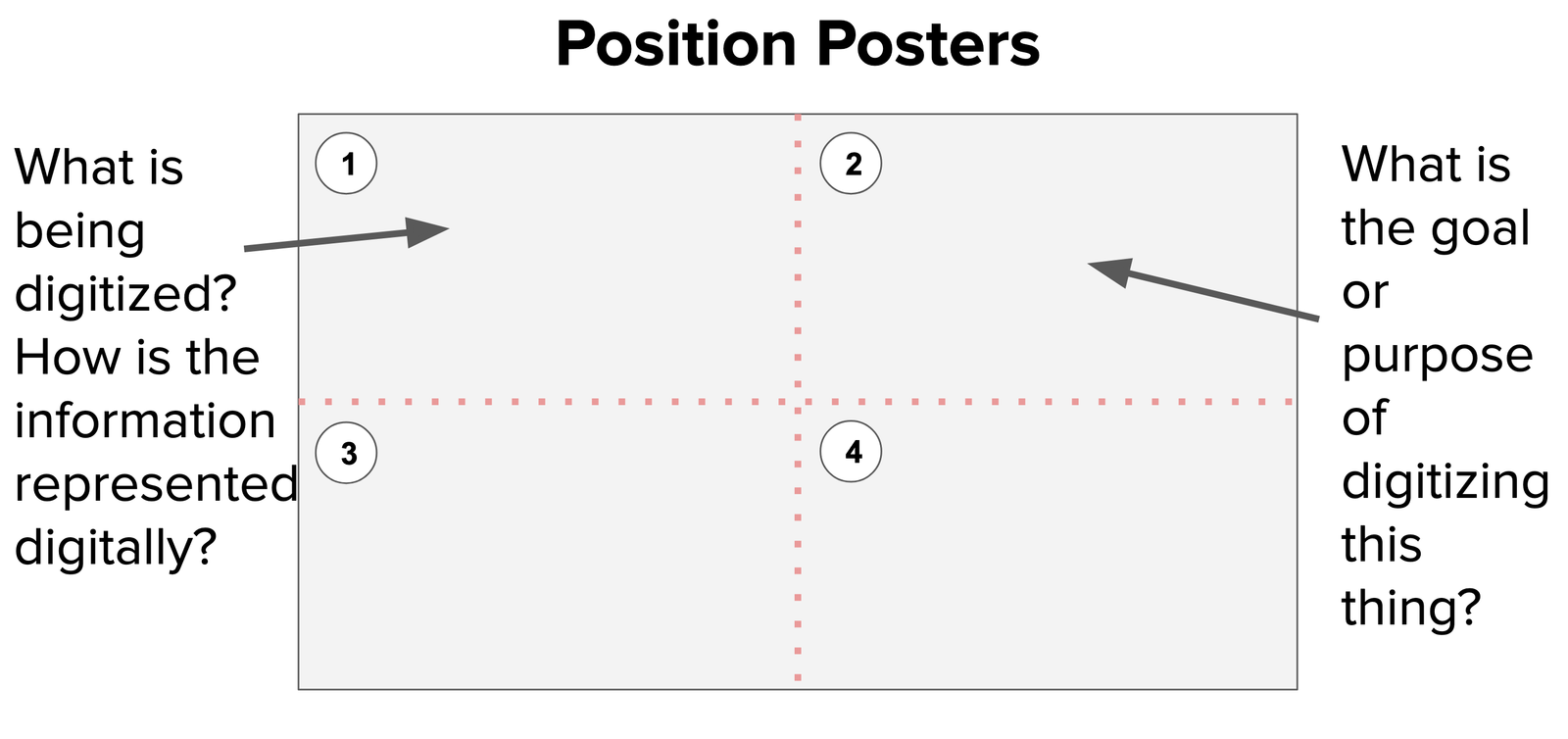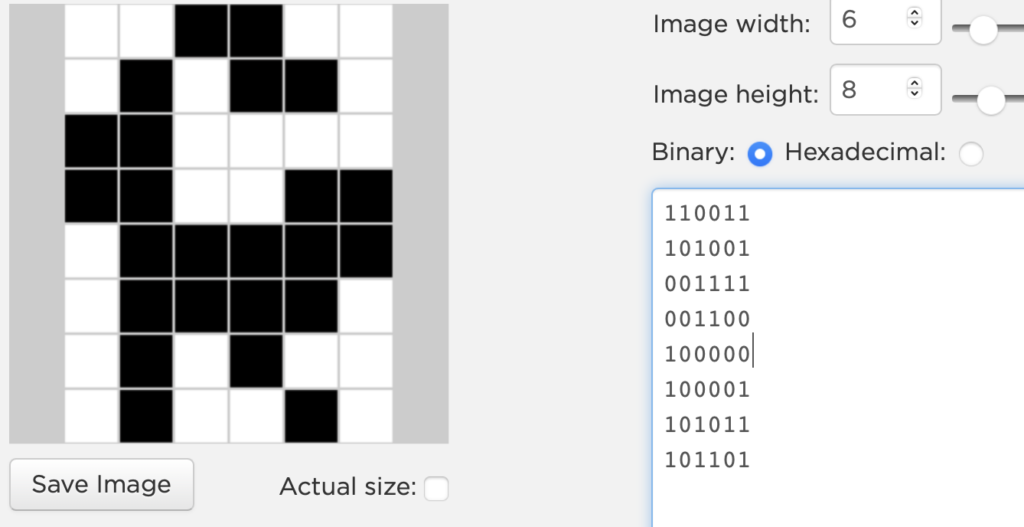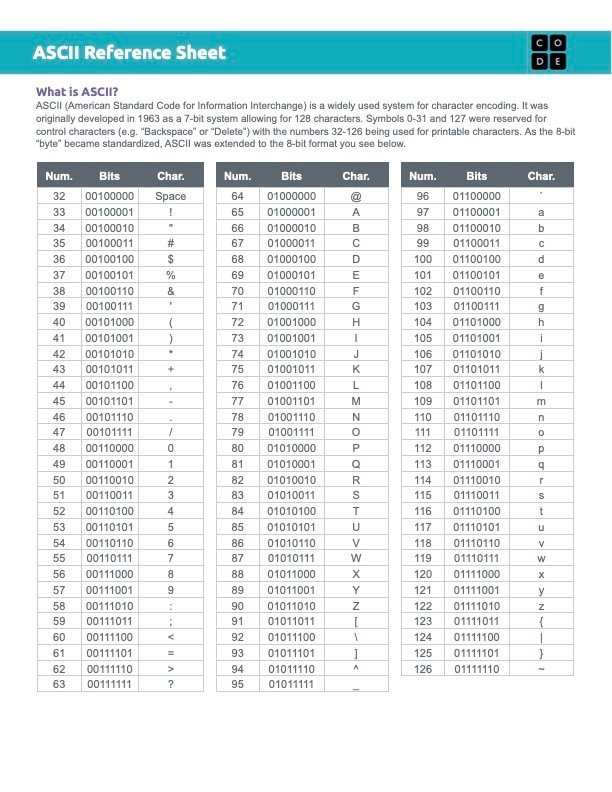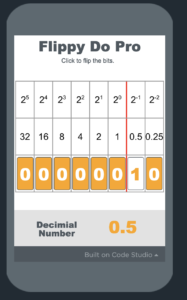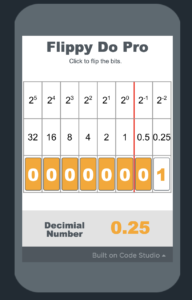CSP: Digital Information
Digital Information Dilemmas
based on resources from code.org
PBL by Silver Oaks
Warmup
Activity 1
Read the articles
In the last unit, you stated an opinion on a copyright issue based on reading an article. Today, you will get to choose an article to read and respond to, focusing on the digital dilemma: Is our world better or worse?
Read through the following 3 articles, which are posted in Google Classroom.
- Computer Generated Actors
- DNA testing
- Atheletes Tattoos
Activity 2
Is our world in a better or worse place because of digital representation?
Now, that you have a better understanding of the content of your article, you’re going to re-read the article to determine if our world is in a better or worse place.
Open the same jamboard where you posted your answer inititally and update your position if you have to.
You need to take a stand on today’s question, using the article to help support your position. We will do this by creating a poster.
Activity 3
Poster
Goto google classroom and open the assighnment titled ‘ Poster’. Here you will have to prepare a poster based on your learning.
- Quadrant 1: What is being digitized? How is the information represented digitally?
- For example: Is it an image or text? Do you think it’s been compressed? Which form of compression (lossy/lossless)?
- Quadrant 2: What is the goal or purpose of digitizing this thing?
- Quadrant 3: What are the benefits and harms of digitizing this content?
- Quadrant 4: Is our world better or worse because of digital representation? Explain why, giving examples from the article.
Wrapup
Debate
We will have a debate on 10th August 2021.
Topic:
Is our world better or worse because of digital representation?
Each of you need to prepare your speech of 3 minutes. You will be negatively graded if you cross over your time limit
Suggestions for your speech organisation
- Introduction
Make this attention grabbing and interesting.
- Use a quotation; and/or
- Use an analogy; and/or
- Use statistics
- Body
Each claim you make (whether constructive or refuting the opposition) should be supported with analytical reasoning and/or evidence with a good combination of quantitative statistics or facts, and qualitative case studies and quotations from experts. Be sure to state the importance, or impact that claim has for the overall topic of debate and why it supports or opposes those views. Example structure:
- Claim: issue of debate; point or points that are in conflict.
- Proof: evidence and reasoning to support the argument; explain how the proof relates to the claim (link).
- Impact: why the argument is important/significant, especially to the particular side debated. Challenge the opposition to respond to an issue. Give two to three meaningful arguments.
- Conclusion
- State primary points and issues
- Summarize key arguments
- End Powerfully!
Tips:
- Do not fully prepare 3 minutes of content. You should keep some time aside (around 15-30 seconds) to refute other people’s claims. Because you will not know what other participants will say, you need to be actively taking notes during the debate and making changes to your speech.
- When refuting, refer to specific arguments made by peers and never attack the individual Be kind, generous and gracious with remarks,
- Have extra points prepared. If you are chosen as the 6th or 7th speaker, chances are that some point of yours may have already been stated. You can either choose to keep that point and add additional information that has not already been stated or use one of your extra points to introduce a completely new claim.
Grading Rubric
